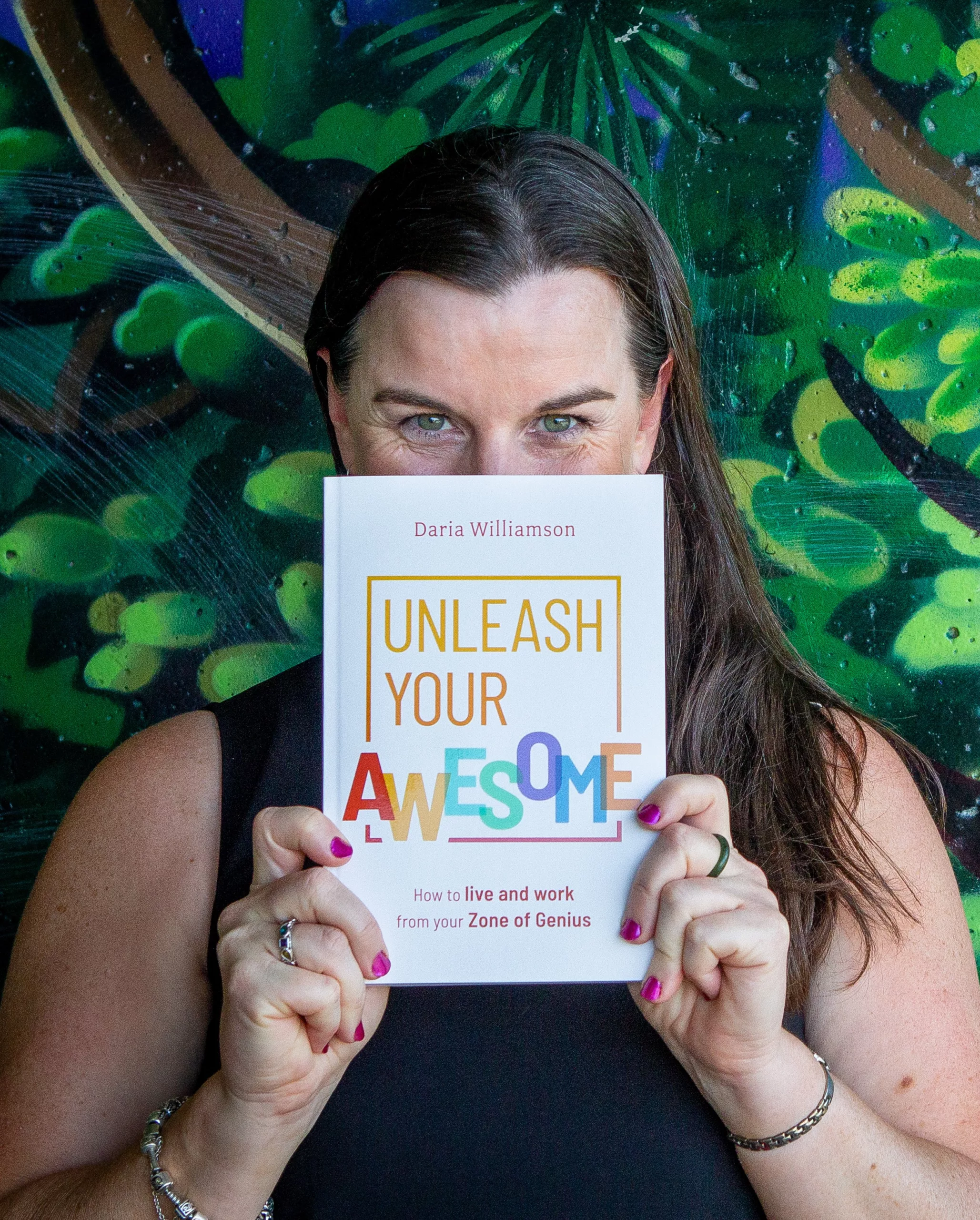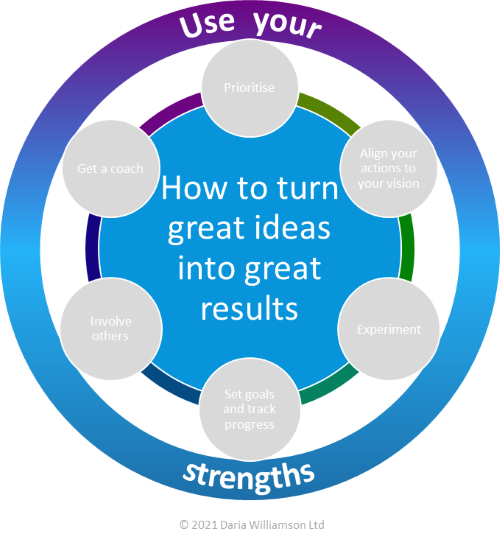Have you ever wondered why some teams thrive in difficult times? Their leaders have learned how to create psychological safety. Team members and the manager trust one another, freely share knowledge, admit mistakes and generate creative and innovative ideas at the drop of a hat.
Other teams and managers spend their time covering up mistakes, concealing information from bosses and colleagues, and pretending they know everything. They are characterised by cut-throat competition, where only the strongest can survive. Then they wonder why they don’t get the results they want.
Psychological safety is a key factor in the way that teams work together and produce results. This post explains the concept of psychological safety, its benefits, and how to go create psychological safety in the teams you work in and lead.
What is psychological safety?
The term was coined by Edgar Schein and Warren Bennis, and popularised by Professor Amy Edmondson of Harvard Business School. She defines it as “a shared belief amongst group members that the group is a safe place to take risks, admit mistakes, and learn new things”.
That is, it’s OK for a group member to:
- be vulnerable,
- speak up,
- ask questions, and
- try new things
because the group will continue to accept him or her. And more than that, the team embraces questions, mistakes, ideas, and critiques of the status quo as avenues for learning and growth.
When we don’t have psychological safety, we function poorly. Mistrust, suspicion and self-preservation rule the roost. But when we have it, we can be our very best selves: creative, engaging, able to learn, productive, resourceful, curious and inventive.
Benefits of psychological safety
Cultures with higher levels of psychological safety are associated with higher levels of team performance. This makes intuitive sense. If you don’t feel safe around your colleagues to ask questions, make mistakes and learn from them, then you’ll almost certainly waste time and energy trying to act like everything is fine.
Psychological safety supports a team or organisational culture so that people can:
- share information and knowledge
- suggest organisational improvements
- take initiative to develop new products and services
- learn from their mistakes and those of others

Culture-building takes time
Edmondson found that psychological safety is made up of three factors:
- shared interpersonal trust,
- respect for each other’s competence, and
- caring about each other as people.
All three factors must be present for team members to feel safe to speak up, ask questions, and admit mistakes.
Psychological safety isn’t created overnight. It takes time and consistency. So if a leader says that learning from mistakes is to be celebrated, then criticises someone who made a mistake, interpersonal trust is a pipe dream.
Team members also need to respect one another’s competence, and care for one another as fellow human beings. This means that where team members are pitted against one another, psychological safety is unlikely to develop.
What about motivation and accountability?
Trust, respect and caring doesn’t mean that we slack off and become unproductive, or that we avoid holding ourselves and others accountable for the actions we take and the outcomes we experience.
We need both dimensions (motivation and accountability, and psychological safety) in our workplace to create a high-performance learning culture where people are engaged, interested, and able to do their best work. Anything less than that is selling our people and our organisations short.
Having a high motivation and accountability culture with low levels of psychological safety is likely to produce anxiety, which tends to reduce people’s performance. That dynamic can create a downward spiral as poor performance triggers more anxiety, leading to further decreases in performance.
Low motivation and accountability coupled with low psychological safety produces apathy. People believe that there is no point trying to achieve anything, and there are no negative consequences for not delivering. And there’s likely to be little or no support to try new ways of doing things. That’s the perfect breeding ground for passivity and disengagement.

Meanwhile, an environment of low motivation and accountability and high psychological safety produces a sense of comfort. Everyone feels trusted, respected and cared for, but there’s no drive to get things done. This scenario could score quite well on traditional measures of workplace culture – people enjoy the environment, like the people they work with, and feel valued. But it doesn’t offer opportunities for people to challenge themselves, learn, and grow, which are basic drivers of human flourishing.
Learning from mistakes (a.k.a. continuous improvement)
Perfection is impossible, so we need to face mistakes when they occur and create a learning culture, which gives us the chance to find ways to improve for the future. This requires a willingness to admit mistakes and talk openly about what went wrong and what needs to change. And we need good levels of psychological safety in place before we have those conversations.
As you can see, creating a culture of psychological safety does not reduce the importance of motivation and accountability. In fact, establishing a psychologically-safe culture will enhance your motivation and willingness to hold yourself and others accountable. And it will do the same for your team members.
Your target should be for you, your team and your organisation to spend as much time as possible in the learning zone, while recognising it’s impossible to stay there permanently. Changes to internal and external factors will influence the levels of psychological safety and motivation and accountability. It’s important to recognise when they have changed, and implement strategic and tactical responses to move things back in the desired direction. Some pre-planning here will save you hours of heartache and stress when the inevitable happens!
How to create psychological safety: effective and inclusive leadership
The only way to create psychological safety is through effective and inclusive leadership. Effective leaders must have self-awareness (read my post about self-awareness for more information). And there are several other ways to become a more inclusive leader and build a culture of psychological safety, which Amy Edmondson sets out in one of her TED talks.
So, a quick summary of the three inclusive leadership approaches from the video, plus a bonus that Edmondson relates elsewhere in her work:
- Frame the work as a learning problem, not an execution one
The future is volatile, uncertain, complex and ambiguous (VUCA). Mistakes happen because we don’t know enough yet, not because someone did something wrong. We need to learn together, using everyone’s brains and insights. This gives people the rationale for speaking up. - Acknowledge your own fallibility
You need your team’s input because you simply cannot know everything, and what you miss, others will pick up. Let them know you want and need to hear from them. This creates safety around speaking up. - Model curiosity
Ask lots of questions. Demonstrate a commitment to learning. Check your assumptions. Don’t leap to conclusions. Hold off from major decisions until you’ve gathered your team’s input and perspective. - Embrace the messenger
Whatever you do, don’t shoot the messenger! The only thing worse than hearing the bad news is not hearing the bad news. Thank the person who spoke up; recognise them; invite them to help solve the problem; promote them. This shows that speaking up is valued and will be rewarded.
Four questions to start the conversation with your team
Being an effective and inclusive leader is a great start, but it isn’t enough. To really get the culture moving in the right direction, Jack Herway recommends starting a dialogue with your team about your team’s identity and goals. You can use the following four questions (in order of presentation) as a prompt.
- What can we count on each other for? (this covers values and behaviours)
- What is our team’s purpose? (hint: it’s not to make money – that’s a consequence of doing business well. Purpose is about what your product or service does for the world)
- What reputation do we aspire to have? (not just with external customers, but also your internal customers)
- What do we need to do differently to achieve that reputation and fulfill our purpose?
As team members develop a conversation based on these questions, they build trust and respect for each others’ strengths and get a sense of what it means to be a team working towards a common purpose. Over time, this develops into a climate of openness, and a feeling of shared responsibility to learn and grow together.
Other ways to create psychological safety
- Team-building. I don’t mean the old, cliched “close your eyes and fall backwards for your team to catch you” trust exercise, but rather spending time getting to know one another, and learning what will knit the group together to overcome any challenge. I facilitate custom-designed team-building sessions which pay dividends for years, through stronger relationships, higher trust and better communication.
- Strengths-based management. Instead of focusing on what people can do better, managers who emphasise what people do well, and find ways to help them do more of what they are good at, have teams with higher levels of commitment, engagement, and productivity. As a Strengths Profile accredited practitioner, I help individuals and teams discover their superpowers and develop actionable strategies to make the most of their strengths.
- Emotional awareness. There is an ever-increasing body of research showing the value of identifying, acknowledging and managing emotions in the workplace. The Emotional Culture Deck (ECD) is a great tool to support this. I’m an “Elephant Rider” with the ECD, which means I can help you use the tool to diagnose your current culture, design your ideal culture and implement strategic actions to drive your team’s/organisation’s emotional culture in the desired direction.
Let's talk!
If you’d like to discuss how we can work together to increase the level of psychological safety in your team or organisation, book your free “discovery session” with me in less than 60 seconds.
References
(all links open in a new tab)
- Psychological Safety and Learning Behaviour in Teams – Amy Edmondson, Administrative Science Quarterly
- Psychological Safety: the history, renaissance, and future of an interpersonal construct – Amy Edmondson & Zhike Lei, Annual Review of Organizational Psychology and Organizational Behavior
- Creating a Climate of Learning and Innovation in Organizations – Professional and Organizational Development, University of Washington
- How to Create a Culture of Psychological Safety – Jack Henway, Gallup

















3 thoughts on “Leadership Toolbox: how to create psychological safety at work”
Pingback: Why we need to ditch certainty and embrace uncertainty ~ Daria Williamson
Pingback: Simple strategies for leading and managing change ~2021 ~ Daria Williamson
Pingback: Why we need to ditch certainty and embrace uncertainty ~2021 ~ Daria Williamson
Comments are closed.